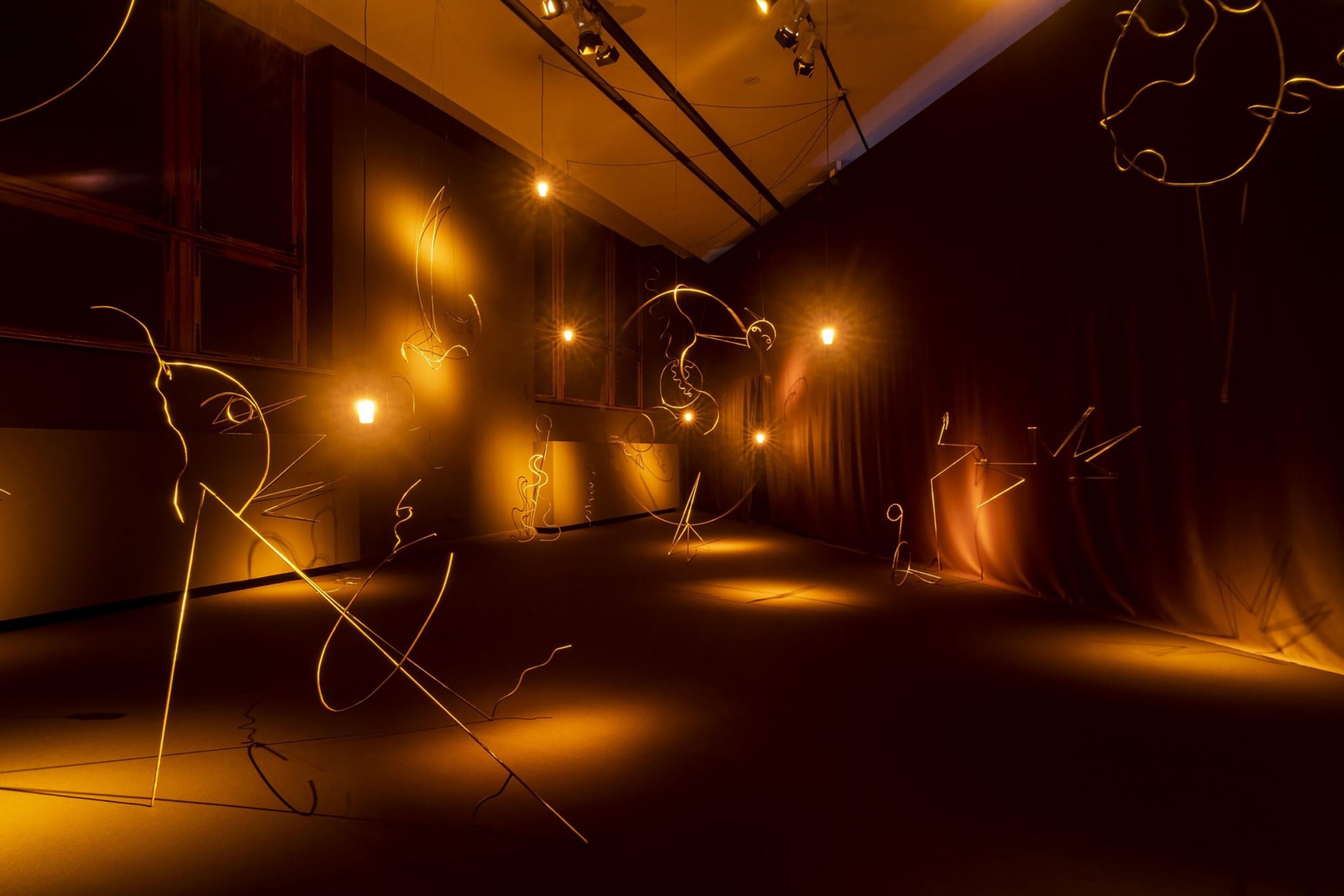Many of the shows we see we’ll only see once, much of what was interesting in them we might miss, and what we get back for that is the cheap, cynical thrill of dismissal
Strolling round Berlin’s gallery districts during the opening days of the Berlin Biennale, I kept running into people who were in the midst of seeing the show’s four venues. ‘How are you finding it?’ I’d ask, since at this point I’d seen just a small fraction of it. Bad, they’d say – often having also just whizzed round one segment – and ask in turn what I thought. Oh, very bad, I’d agree happily, just as I had repeatedly on other, similar occasions. ‘Bad’, or variations thereof, is the pro-tip response because it usually requires no expansion, whereas if you say something’s good you probably have to argue for it; because it’s known that the strike rate for art is fairly low, then whatever you’ve just barely seen is guilty of being trash until proven innocent. And given that good art, and particularly good new art, doesn’t tend to release its full effects immediately, and given further that most of us dash about biennales too fast (at least to begin with and especially if we’re not writing about them) for those effects to propagate, then no wonder viewers find kinship in reflex bitchery and peremptory dismissal.
This, perhaps, is the reason for one of the critic’s chief clichés, the formulation ‘At first glance…’ followed by ‘On closer inspection, however…’. Writers in galleries with a piece to file soon after are forever finding something they didn’t see initially, and one definition of an art critic might be someone who actually looks twice at a piece of art. This is a situation currently bedevilled by time slots: stories are starting to circulate of exhibitions whose slots are insufficient to view, say, the time-based media in the show. Being panicked for time is the last thing you want in an exhibition – it means, often, that you skid around looking only at the things that shout loudest – but, particularly at a moment when institutions in particular are keen to sell as many tickets as they possibly can to make up for this year’s losses, it’s perhaps to be expected. An irony amid all this, for me, is that my reaction when I see an exhibition that I really like is also to want to leave.
It hurts a bit. I start biting my lip and feeling anxiously overwhelmed, and have to pace myself, force myself to go slowly, remind myself that – if it’s a retrospective – there’ll likely be some comfortingly, amusingly shitty rooms ahead after the artist has peaked and stopped doing extraordinary things like the one I’m presently being discomfited by. Basically, I think I’ve spent nearly a quarter-century wanting to leave galleries, either because the work is seemingly bad or because the work is unquestionably good. In both cases it behoves me to stay, and to remember that looking at art should hurt a bit, because it’s changing you inwardly.

I can’t remember who said it, and I’m paraphrasing, but someone said that a good record teaches you how to listen to it. (They were probably talking about Captain Beefheart’s Trout Mask Replica.) On the one hand, I know that most of the cultural products I like, I didn’t much like when I first experienced them, but because I’d usually paid for them, I tried to amortise the costs for long enough that they’d get one hook in me, and then two, and then I was inside. A downside of art galleries being free (including institutions, if you have a press pass), is that the pecuniary relationship is gone, and if you write about art for a living and you’re not commissioned to write about that show, it’s easy to be derelict in your duties of looking. (I hugely admire critics who get out and see every show, but I’m really not one of them.) As a result, likely you see things but don’t really see them, and the interest under the surface remains there. What you see, most often, is a relationship to something else, such that it’s easy to dismiss art by saying what it reminds you of, rather than noting where it diverts from an aesthetic template.
So there’s a melancholy, a self-defeat, behind the ‘It’s bad’ conversation; many of the shows we see we’ll only see once, much of what was interesting in them we might miss, and what we get back for that is the cheap, cynical thrill of dismissal, behind which is an illusion of connoisseurship: I’ve seen a lot of art, son, enough to gauge really fast whether something is up to snuff, and this isn’t. Meanwhile, you’ve gone through an exhibition without getting hurt. Well played, but you should get hurt, a little, to the extent that it’s possible; bent a bit out of shape. See the show but then go back through it, see what you missed, try and crack the lid off it, ask yourself New Yorker critic Peter Schjeldahl’s question: ‘What would I like about this if I liked it? Then, and only then, go outside, meet your friends on the pavement, and say, sincerely: oof, that was bad.
